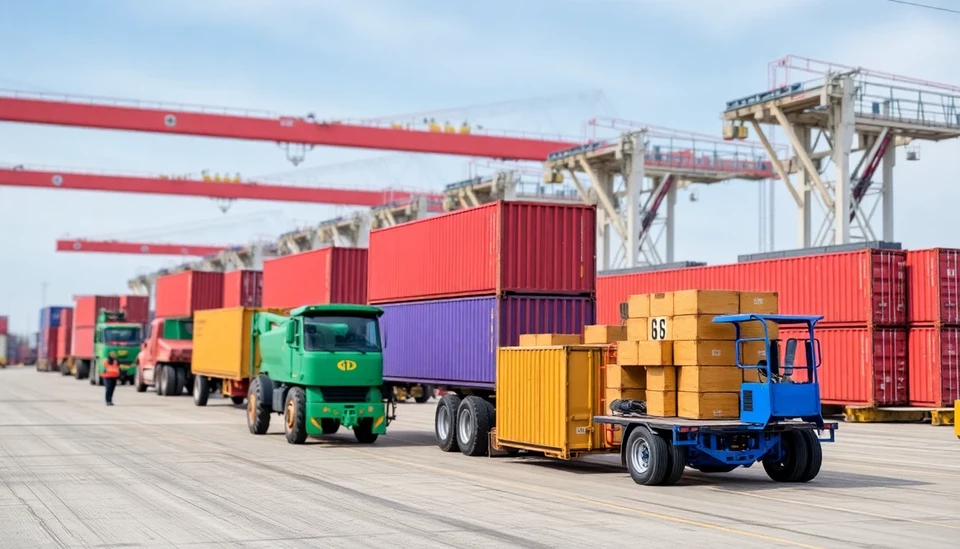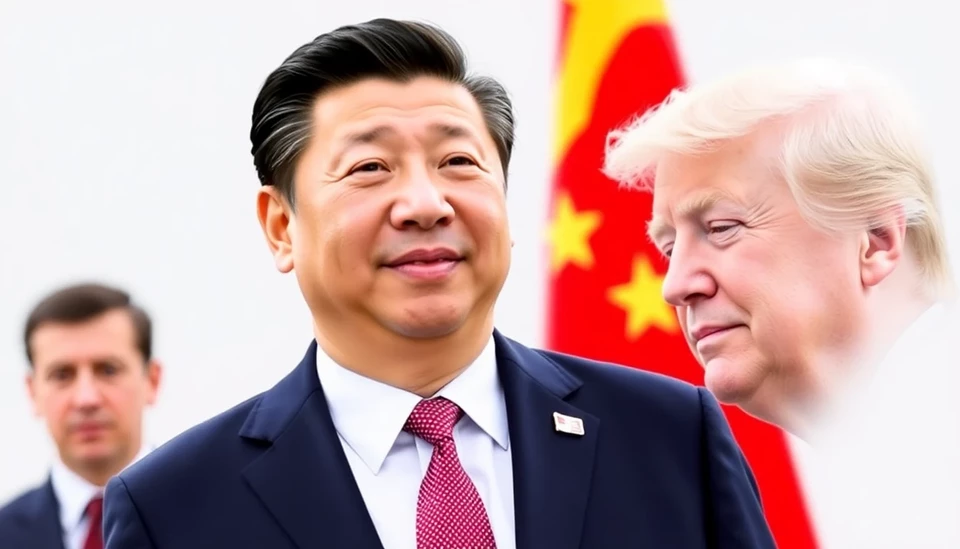
As global supply chains continue to face disruptions and tariffs remain a central issue in trade policies, businesses and consumers are grappling with the ultimate question: Who ends up footing the bill when tariffs are imposed? The ongoing debate highlights the economic dynamics at play and the varied impacts across different sectors and regions.
Recent reports reveal that tariffs, originally intended to protect domestic industries, often lead to unintended economic consequences. For instance, while policymakers believe that imposing tariffs on imports can help boost local manufacturing, the reality is more complex. Many companies eventually pass these additional costs onto consumers, leading to higher prices on a range of products. This situation is particularly evident in industries heavily reliant on imported materials, like electronics and automobiles.
The situation becomes even more intricate when considering the supply chain's interconnectedness. A recent analysis indicated that while large multinational corporations may be able to absorb the initial shock of tariffs, smaller businesses struggle significantly. Many smaller entities lack the robust supply chains or reserves necessary to withstand increased costs, resulting in potential job losses and diminished business sustainability.
In light of these challenges, there are calls from various industry experts for policymakers to rethink how tariffs are applied. Advocates suggest that more comprehensive strategies, including safeguards for smaller businesses and targeted support measures, could help mitigate adverse effects. Additionally, enhancing transparency within the supply chain could empower consumers to make more informed purchasing decisions based on potential tariff impacts.
Consumers, facing a surge in prices due to ongoing tariff adjustments, have begun to express their frustrations more vocally. With inflation already a concern, the burden of additional costs is prompting many to reconsider spending habits. Retailers and service providers are left navigating a delicate balance—retaining customer loyalty while managing rising operational costs attributed to tariffs.
Moreover, the international repercussions of tariff impositions extend beyond borders. Countries retaliating with their own tariffs create a chain reaction that compounds the issues, further complicating international trade relations. As nations attempt to negotiate these complex challenges, the prospect of a cooperative international approach becomes increasingly appealing, albeit daunting.
In conclusion, the question of who pays for tariffs unveils a tapestry of economic interactions that affect not just businesses but also consumers and entire communities. As discussions continue and policymakers reassess their strategies, it remains crucial to comprehend the broader implications of these trade barriers in a globalized economy.
As the landscape evolves, stakeholders across the spectrum will need to remain vigilant and adaptable to navigate the ongoing challenges of tariffs, ensuring that the voices of small businesses and consumers are not overlooked in the process.
#Tariffs #SupplyChain #EconomicImpact #TradePolicy #ConsumerPricing #GlobalEconomy #BusinessDynamics #Inflation
Author: Rachel Greene




